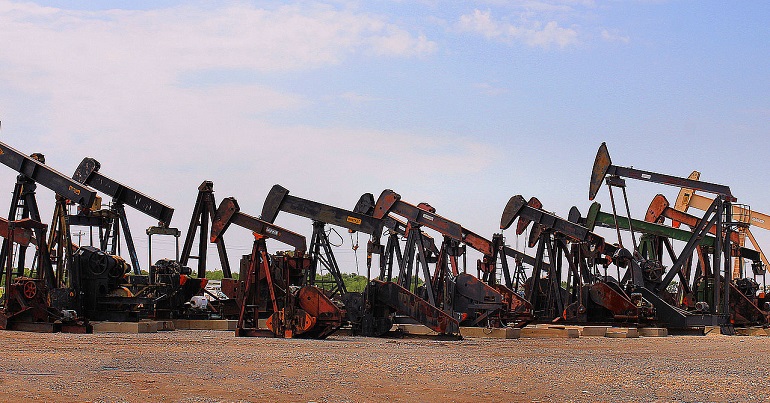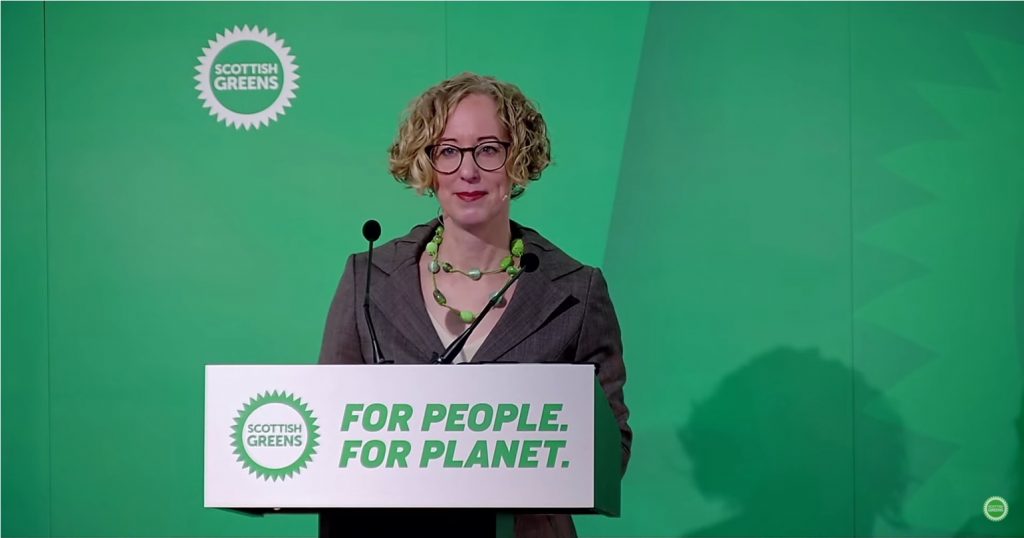No more fossil fuel infrastructure can be built if we’re to meet the 1.5 degree target

The Paris Agreement commits the world’s governments to ensuring that global temperatures don’t rise by more than two degrees above pre-industrial levels. The agreement also commits government to pursuing policies which will attempt to limit warming to less than 1.5 degrees.
To meet the more ambitious target of 1.5 degrees, the global carbon budget – the amount of carbon we are able to emit and still be able to reach the proposed targets – would be approximately 420 to 580 billion tonnes of CO2. Staying within this budget would give us a 50 to 60 percent chance of limiting warming to 1.5 degrees Celsius.
However, a report released by the scientific journal Nature earlier this week has concluded that this target, at our current trajectory of emissions, is unrealistic and almost impossible.
The report states that if the existing fossil fuel infrastructure is used for its full lifespan, it commits us to emitting 658 billion tonnes of CO2 into the atmosphere, well above the budget required to keep global temperature rise below 1.5 degrees. The majority of these emissions stem from electricity generation, followed by emissions from industry and transport.
New Nature paper out today https://t.co/oAF7nep6ur
states very clearly what is needed if governments are serious about limiting global heating to 1.5C, as agreed at Paris.Spoiler: No new fossil fuelled infrastructure, anywhere, ever. From now on.
Read thread for details…
— Mark Lynas (@mark_lynas) July 2, 2019
The report also estimates that if all currently planned, permitted or under construction power plants are built, this would commit us to a further 188 billion tonnes of CO2 emissions. So without even factoring in increased emissions from transport or industry, this would bring the total amount of CO2 we are currently locked in to emitting to approximately 846 billion tonnes.
This is, as you will have probably realised, well above the carbon budget available which will limit warming to under 1.5 degrees Celsius. This implies that achieving the more ambitious aim of limiting warming to under 1.5 degrees is unrealistic, and highly unlikely.
The authors of the report, in its abstract, state:
Our emission estimates suggest that little or no additional CO2 emitting infrastructure can be commissioned, and that infrastructure retirements that are earlier than historical ones (or retrofits with carbon capture and storage technology) may be necessary, in order to meet the Paris Agreement climate goals.
For us to keep global temperature rise below the 2.0 degrees aimed for by the Paris Agreement, we have an approximate carbon budget of 1170-1500 billion tonnes. So thankfully, even at our current emission trajectory, we are still well within this budget.
However, even if we achieved the impossible and managed to keep temperature rise to 1.5 degrees, this would still lock us in to a range of catastrophic consequences. For example, 90 percent of the world’s coral reefs would be at risk of bleaching in this scenario, and sea levels would rise by approximately 40 centimetres by 2100 relative to 2000.
The consequences of 2.0 degrees of warming, our current target, would be even more catastrophic. As well as placing all of the earth’s coral reefs at risk, it would lead to a further 10cm of sea level rise, putting most of the world’s coastal cities and communities at risk. 10 million more people would lose their homes to rising sea levels in the 2.0 degree scenario – according to the IPCC Summary for Policy Makers published last year – and 50 percent more people would experience water scarcity, to name a few effects.




Leave a Reply